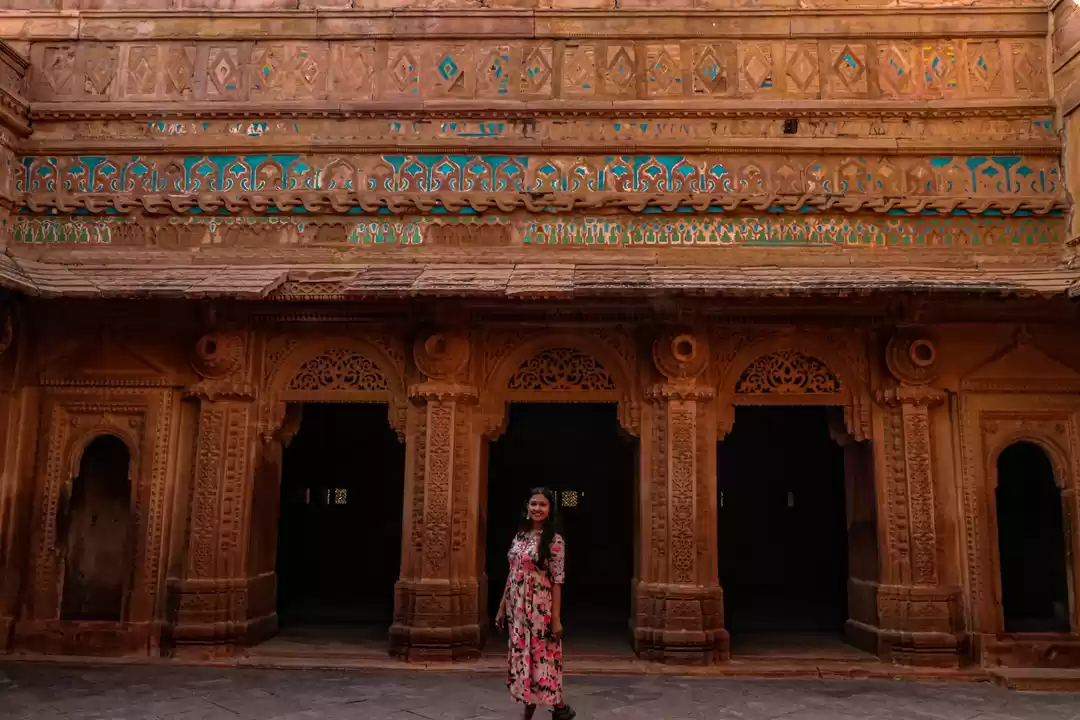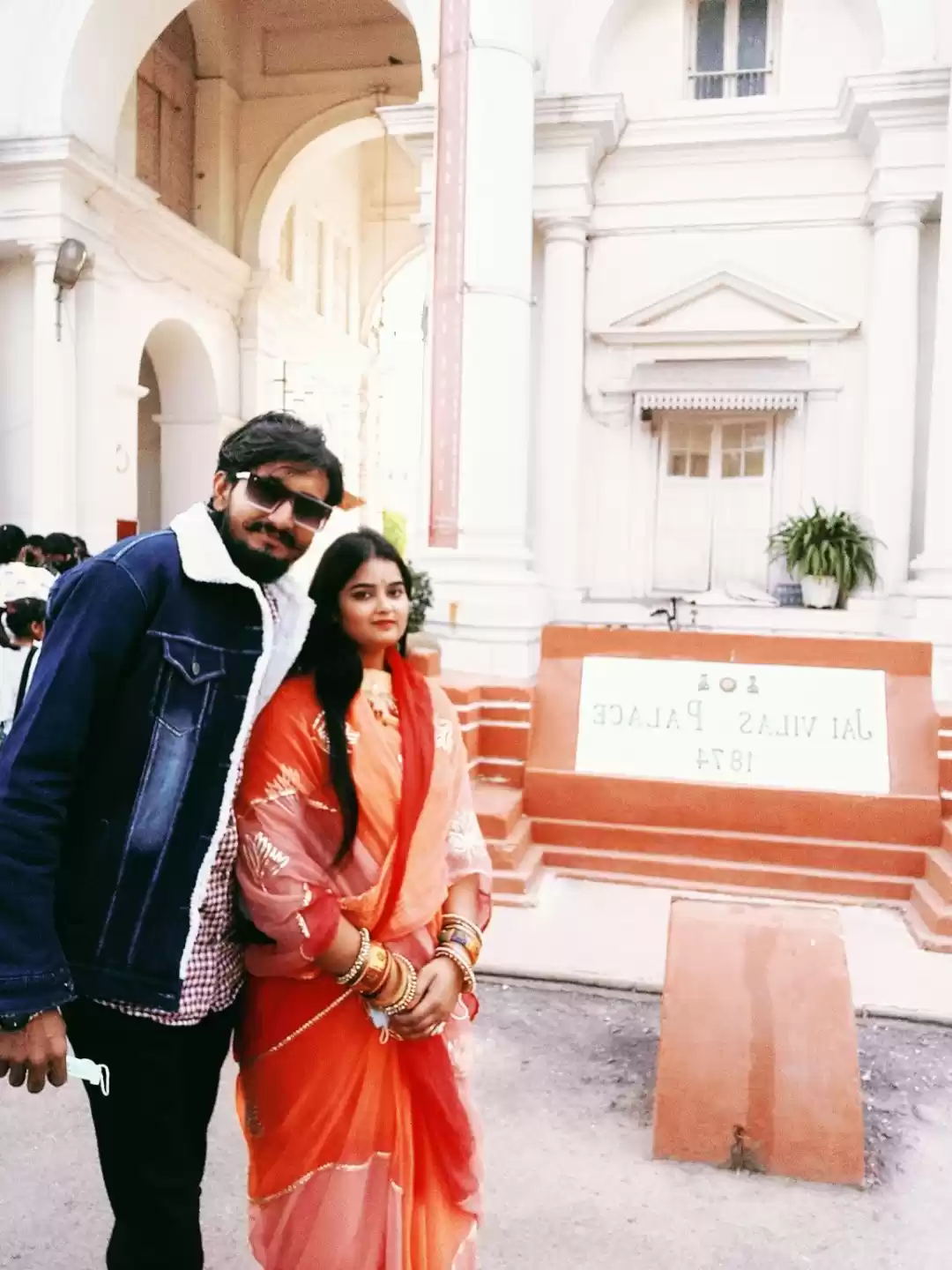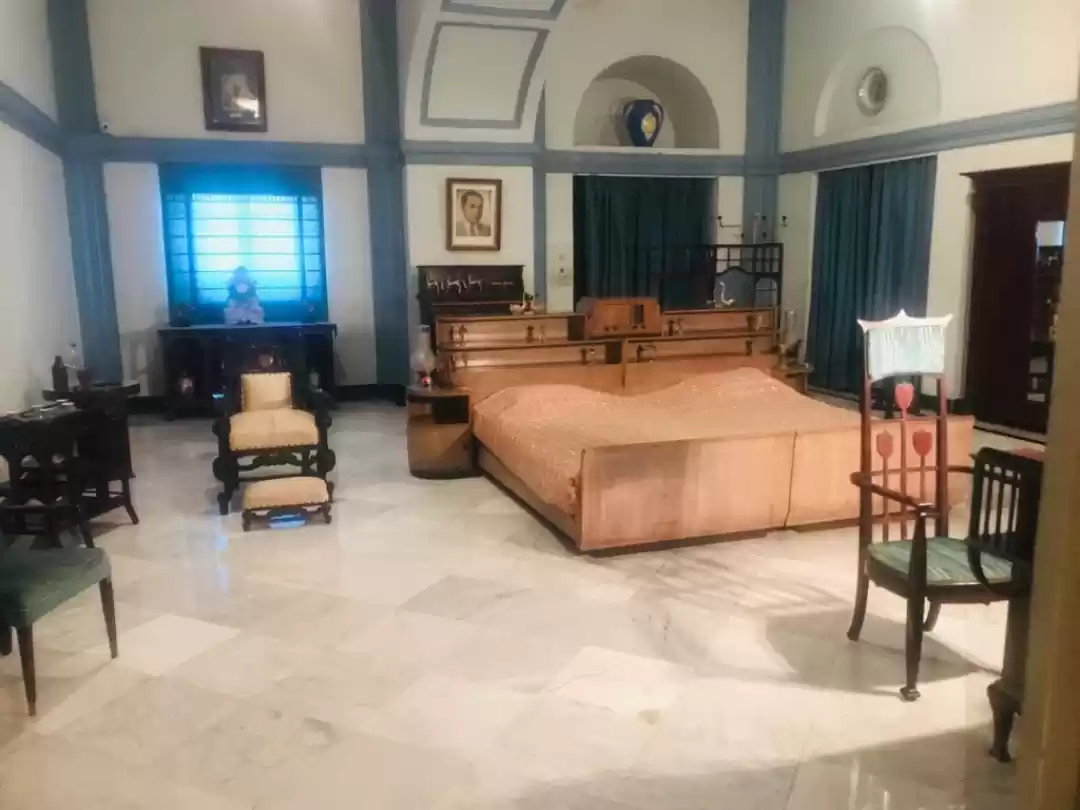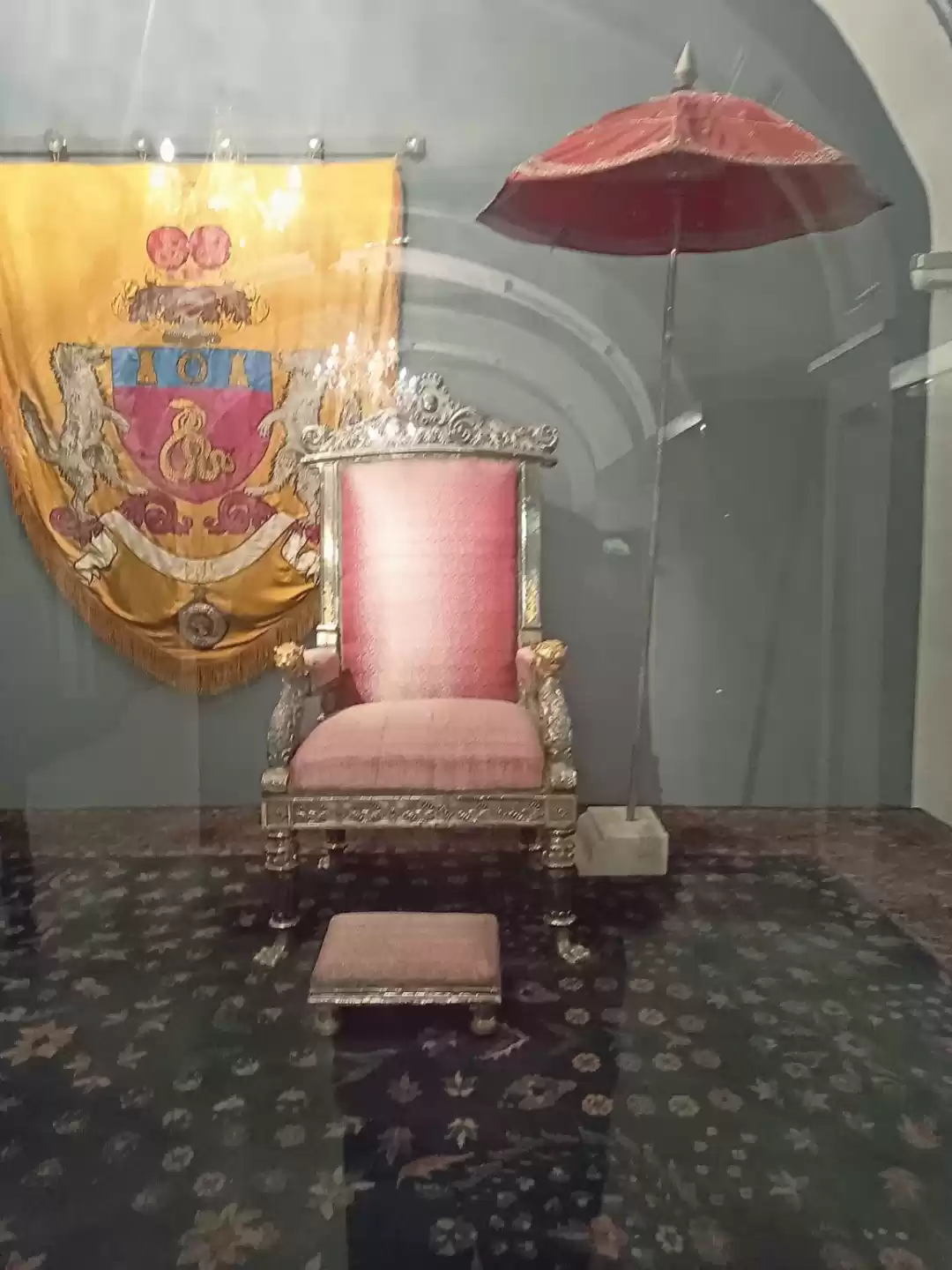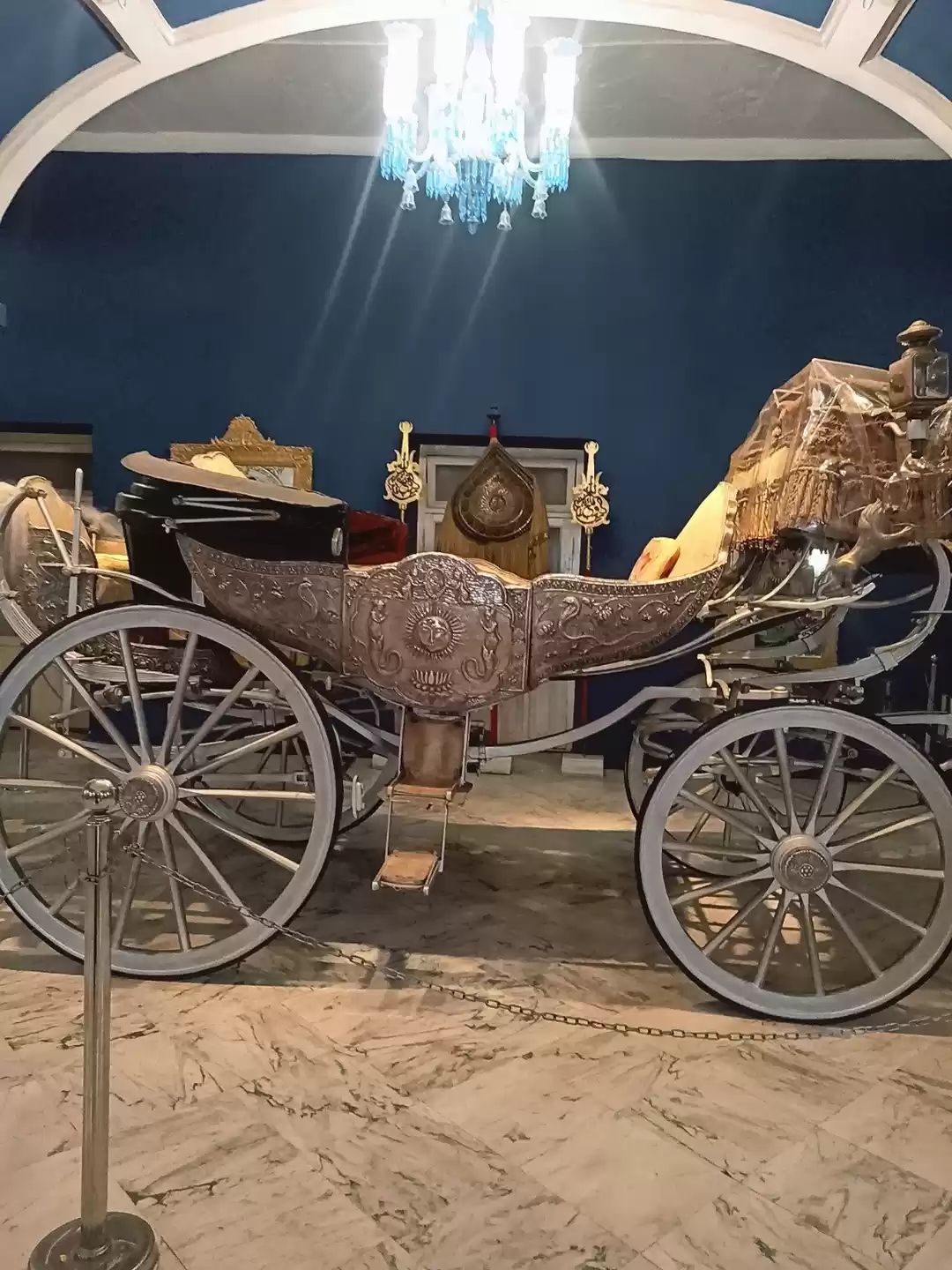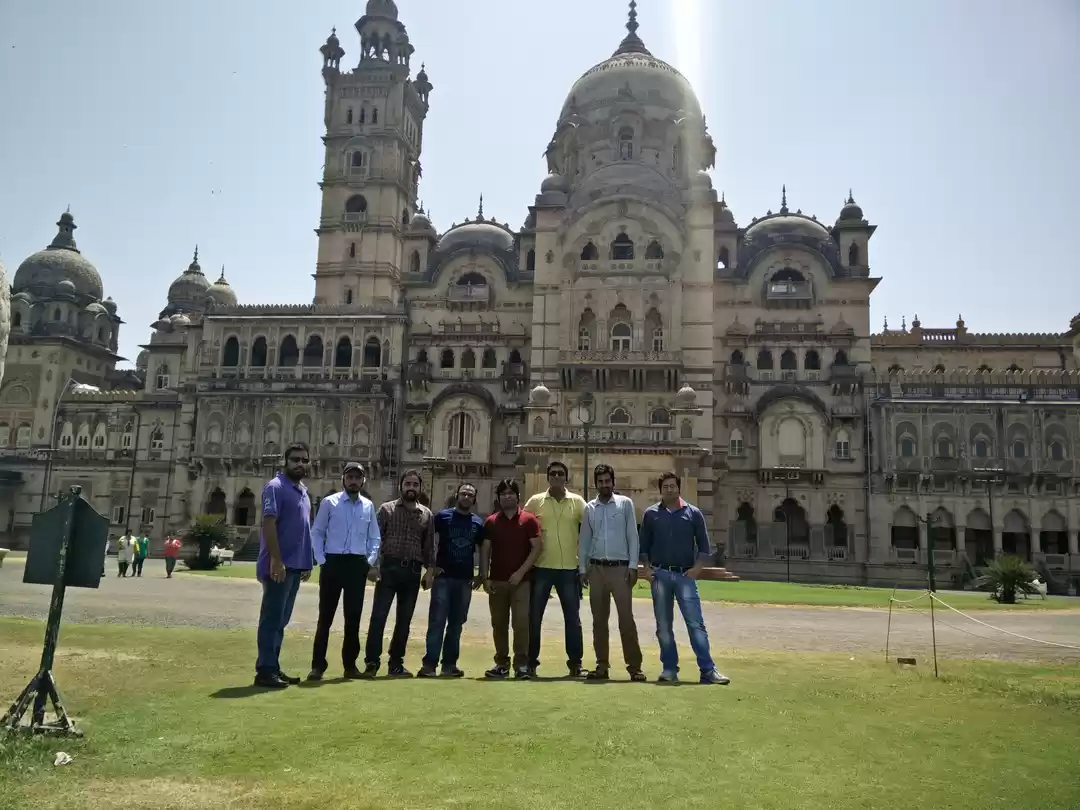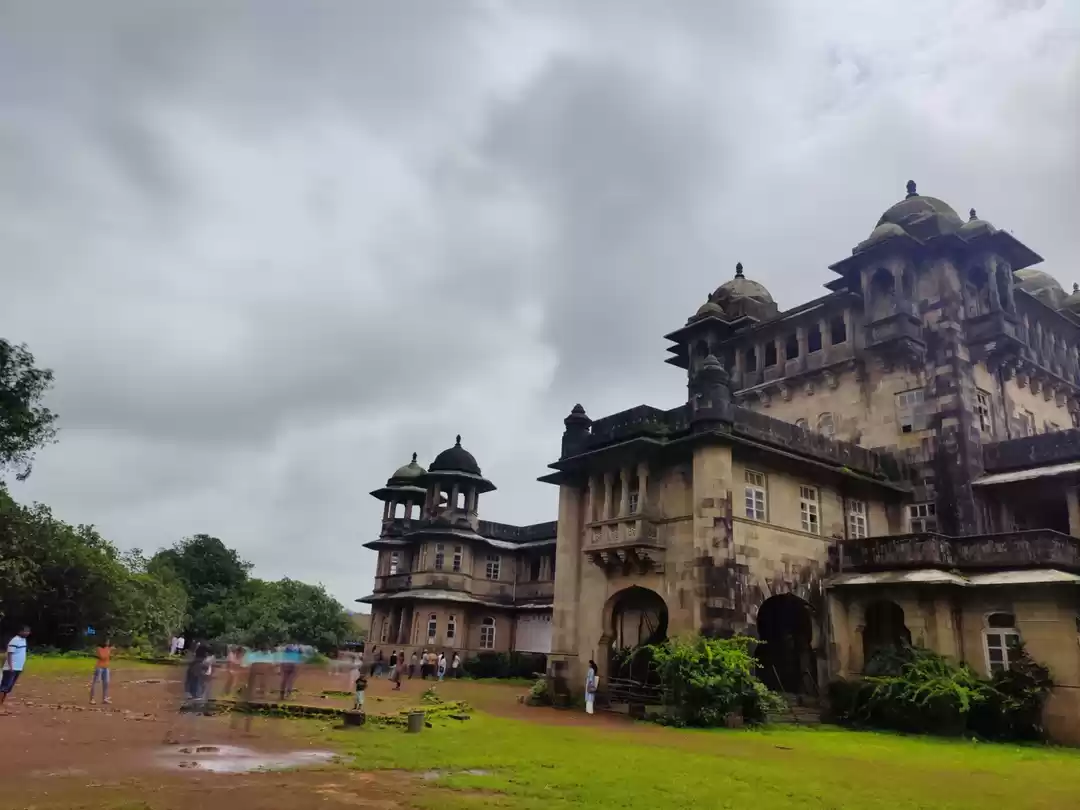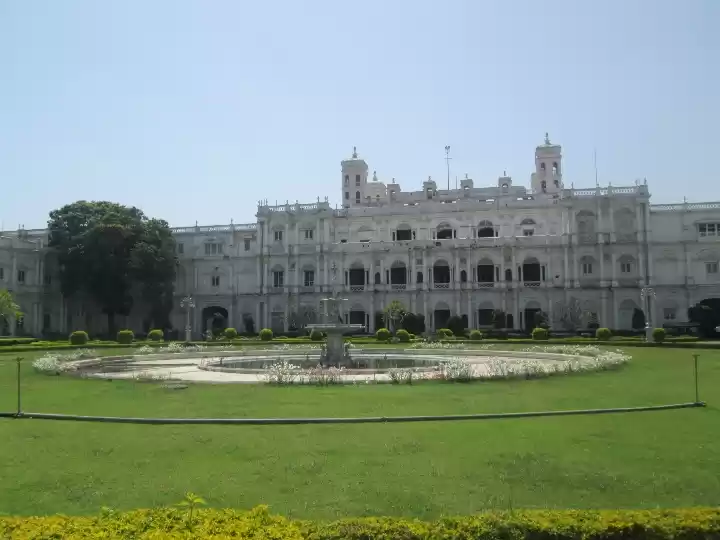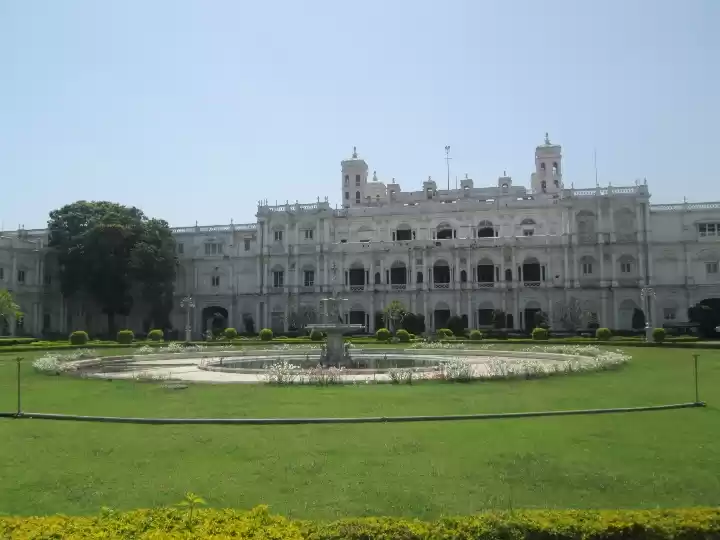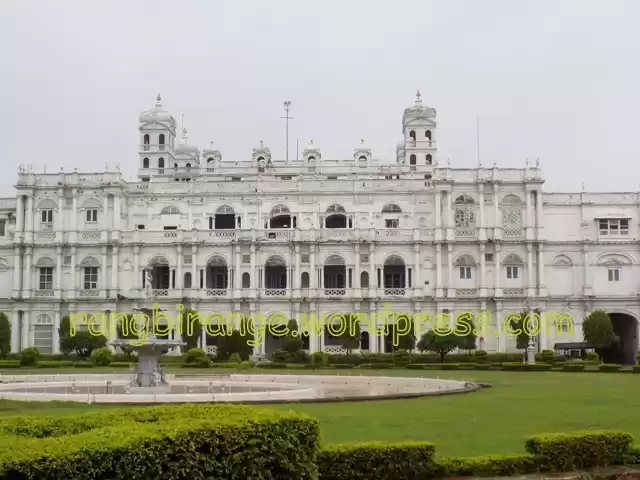If you are looking for a place to witness the splendor and glory of the Indian royalty, then you should not miss the Jai Vilas Palace in Gwalior. This palace is not only a stunning example of the fusion of European and Indian architectural styles, but also a treasure trove of art, culture, and history. The palace is the residence of the Scindia family, one of the most influential and powerful dynasties in India, and also houses a museum that displays their exquisite collection of artifacts, paintings, weapons, jewellery, and more.
In this article, we will take you through the history, architecture, and museum of the Jai Vilas Palace, and also give you some tips for visiting and exploring this majestic palace and its surroundings.

History of Jai Vilas Palace
The Jai Vilas Palace was built by Maharaja Jayajirao Scindia, the ruler of Gwalior, in 1874. The palace was designed by Sir Michael Filose, a famous architect of that time, who combined the elements of the Tuscan, Italian, and Corinthian styles. The palace was constructed at a cost of Rs. 1 crore, which was a huge amount at that time. The palace was inaugurated by Lord Napier, the then Governor of Madras, in the presence of King Edward VII, who was the Prince of Wales at that time. The palace was named after Maharaja Jayajirao’s father, Jankoji Rao Scindia, who was also known as Jai Vilas.
The palace has witnessed many important political and social events in the history of India. It was here that the first session of the All India Congress was held in 1925, under the presidency of Sarojini Naidu. It was also here that the decision to merge the princely states of India with the Indian Union was taken by Maharaja Jiwajirao Scindia, the son of Maharaja Jayajirao, in 1947. The palace has also hosted many distinguished guests, such as Queen Elizabeth II, the Shah of Iran, the King of Nepal, and many other eminent personalities.
The palace is still the residence of the Scindia family, who are the descendants of Maharaja Jayajirao. The current head of the family is Jyotiraditya Scindia, who is a prominent politician and a member of the Indian Parliament. The palace is also a symbol of the cultural and historical heritage of the Scindia dynasty and Gwalior city.
Architecture of Jai Vilas Palace
The Jai Vilas Palace is a three-storied structure, spread over an area of 12.5 acres. The palace has 400 rooms, 35 halls, and 12 courtyards. The palace is divided into two wings: the residential wing and the museum wing. The residential wing is the private domain of the Scindia family, while the museum wing is open to the public.
The most impressive part of the palace is the Durbar Hall, which is the main hall where the royal ceremonies and functions were held. The Durbar Hall is adorned with two gigantic chandeliers, which are the largest pair of chandeliers in the world. Each chandelier weighs 3.5 tonnes and has 250 light bulbs. The ceiling of the hall is 50 feet high and is painted with gold leaves. The floor of the hall is covered with a huge carpet, which is the largest single-piece carpet in Asia. The carpet was specially woven by the prisoners of the Gwalior Fort. The hall also has a large silver train, which was used to serve drinks and refreshments to the guests. The train runs on a miniature rail track around a large dining table.
The palace also has many other halls and rooms, each with its own unique features and decorations. Some of the notable ones are:
The Gudiya Mahal, which is the ladies’ wing of the palace. It has a collection of dolls from different countries and cultures, which were gifted to the royal ladies by their foreign guests.
The Crystal Gallery, which has a display of crystal furniture, such as tables, chairs, sofas, beds, etc., which were ordered by Maharaja Jayajirao from the F&C Osler Company of England, but never used by him.
The Gold Room, which has a collection of gold and silver objects, such as utensils, boxes, trays, etc., which were used by the royal family for their daily use.
The Marble Room, which has a collection of marble statues, busts, and vases, which were imported from Italy and France.
The Library, which has a collection of rare books, manuscripts, and documents, which reflect the literary and scholarly interests of the Scindia family.
The palace also has a beautiful garden, which has a variety of flowers, plants, and trees. The garden also has a large swimming pool, which was used by the royal family for their leisure and recreation.
H.H. Jiwajirao Scindia Museum
The museum wing of the palace was established by Rajmata Vijayaraje Scindia, the widow of Maharaja Jiwajirao, in 1964. The museum showcases the rich and diverse collection of the Scindia family, which includes artifacts, paintings, weapons, jewellery, silverware, and more. The museum has 35 rooms, each dedicated to a different theme or aspect of the royal lifestyle, the war history, the cultural diversity, and the artistic excellence of the Scindia dynasty and Gwalior city. Some of the highlights of the museum are:
The Armoury, which has a display of weapons, such as swords, daggers, guns, rifles, pistols, etc., which were used by the Scindia rulers and their army in various battles and wars.
The Palanquin Room, which has a display of palanquins, howdahs, and carriages, which were used by the royal family for their travel and transportation.
The Royal Costume Room, which has a display of costumes, dresses, and accessories, which were worn by the royal family on different occasions and festivals.
The Painting Gallery, which has a display of paintings, portraits, and miniatures, which depict the scenes and events from the history, mythology, and religion of India and Gwalior.
The Jewellery Room, which has a display of jewellery, ornaments, and gems, which were worn by the royal family and their guests. The most famous piece of jewellery in the museum is the Scindia Necklace, which has a large diamond pendant, which was once owned by the Nizam of Hyderabad.
The Silver Room, which has a display of silverware, such as utensils, boxes, trays, etc., which were used by the royal family for their dining and serving.
The Musical Instruments Room, which has a display of musical instruments, such as sitars, tanpuras, tablas, harmoniums, etc., which were played by the royal family and their musicians. The most notable instrument in the museum is the Veena of Tansen, which was played by the legendary musician Tansen, who was a courtier of Emperor Akbar and a native of Gwalior.
The museum also has a souvenir shop, where the visitors can buy replicas of the artifacts, paintings, jewellery, etc., as well as books, postcards, and other items related to the palace and the museum.
Tips For Visiting Jai Vilas Palace
If you are planning to visit the Jai Vilas Palace, here are some useful tips for you:
- The best time to visit the palace is between October and March, when the weather is pleasant and comfortable.
- The palace is open from 10 am to 5 pm, except on Mondays and public holidays.
- The entry fee for the palace is Rs. 100 for Indians and Rs. 600 for foreigners. The photography charge is Rs. 150 for still cameras and Rs. 300 for video cameras.
- The dress code for the palace is decent and respectful, as it is still the residence of the Scindia family. Avoid wearing shorts, skirts, sleeveless tops, etc.
- The duration of the visit is around 2 to 3 hours, depending on your interest and pace.
- The palace has facilities such as parking, toilets, drinking water, etc., for the convenience of the visitors.
- The palace also has a cafeteria, where you can enjoy some snacks and beverages.
How To Reach Jai Vilas Palace
The Jai Vilas Palace is located in the Lashkar area of Gwalior, which is easily accessible by different modes of transport, such as air, rail, road, etc.
By air: The nearest airport is the Gwalior Airport, which is about 10 km from the palace. You can take a taxi or an auto-rickshaw from the airport to the palace.
By rail: The nearest railway station is the Gwalior Railway Station, which is about 3 km from the palace. You can take a taxi, an auto-rickshaw, or a bus from the station to the palace.
By road: The palace is well-connected by road to other cities and towns of Madhya Pradesh and India. You can take a bus, a taxi, or a private vehicle from the nearby places to the palace.

Top Hotels Near Jai Vilas Palace
If you are looking for a comfortable and convenient stay near the Jai Vilas Palace, here are some of the top hotels that you can choose from:
Usha Kiran Palace: This is a heritage hotel that is owned and managed by the Taj Group of Hotels. It is located about 2 km from the palace and offers a luxurious and royal experience to the guests. The hotel has 40 rooms and suites, each with its own unique decor and amenities. The hotel also has a restaurant, a bar, a spa, a swimming pool, a fitness center, and a business center. The hotel is rated 4.5 out of 5 on Tripadvisor and costs around Rs. 10,000 per night.
Clarks Inn Suites: This is a 4-star hotel that is located about 3 km from the palace and offers a modern and comfortable stay to the guests. The hotel has 60 rooms and suites, each with a spacious and elegant design and amenities. The hotel also has a restaurant, a cafe, a bar, a banquet hall, a conference hall, and a fitness center. The hotel is rated 4 out of 5 on Tripadvisor and costs around Rs. 3,000 per night.
Hotel Adityaz: This is a 3-star hotel that is located about 4 km from the palace and offers a cozy and affordable stay to the guests. The hotel has 60 rooms, each with a simple and clean design and amenities. The hotel also has a restaurant, a bar, a terrace, and a business center. The hotel is rated 3.5 out of 5 on Tripadvisor and costs around Rs. 2,000 per night.
Conclusion
The Jai Vilas Palace is a must-visit place for anyone who wants to explore the royal and cultural heritage of Gwalior and India. The palace is a marvel of architecture and art, and a museum of history and culture. The palace is also a living testimony of the Scindia family, who have played a significant role in the shaping of India’s destiny. The palace is a place where you can experience the grandeur and glory of the Indian royalty, and also learn about their fascinating stories and legends.
We hope this article has given you a comprehensive and informative overview of the Jai Vilas Palace, and has also inspired you to visit and explore this magnificent palace and its surroundings. If you have any questions or feedback, please feel free to share them with us. We would love to hear from you and help you plan your trip to the Jai Vilas Palace. Thank you for choosing Tripoto as your travel partner. Happy travelling! 😊


























